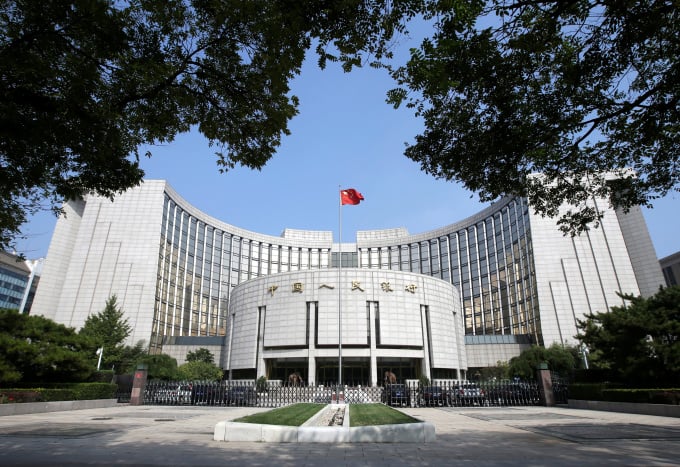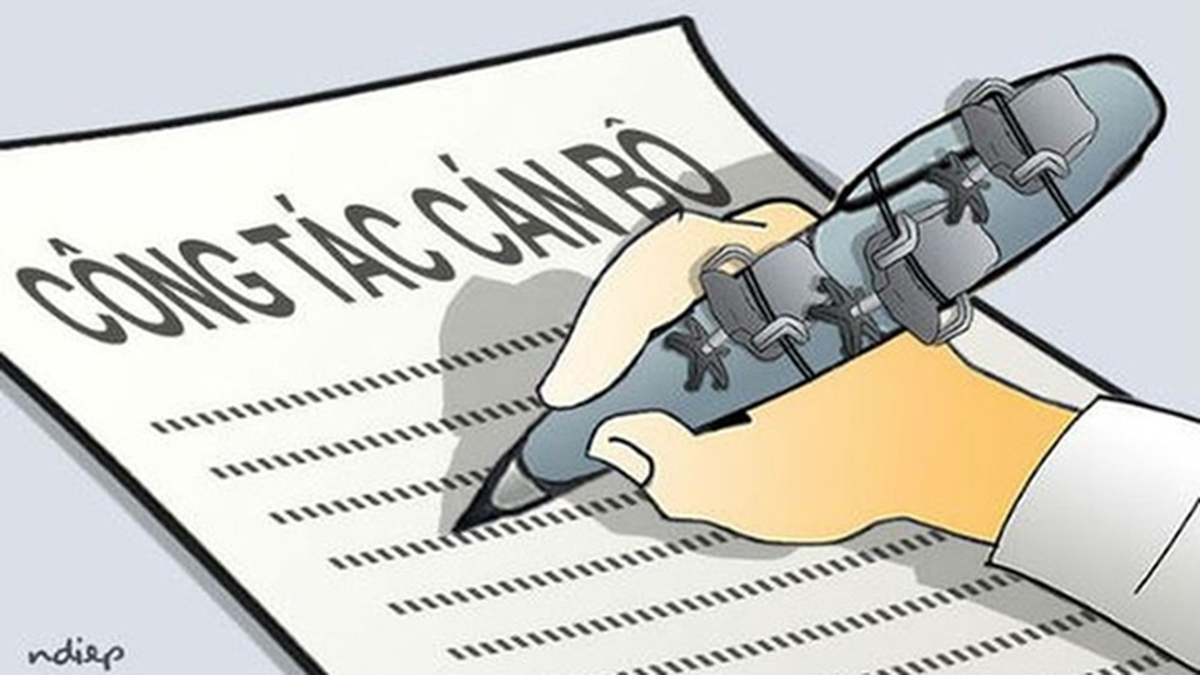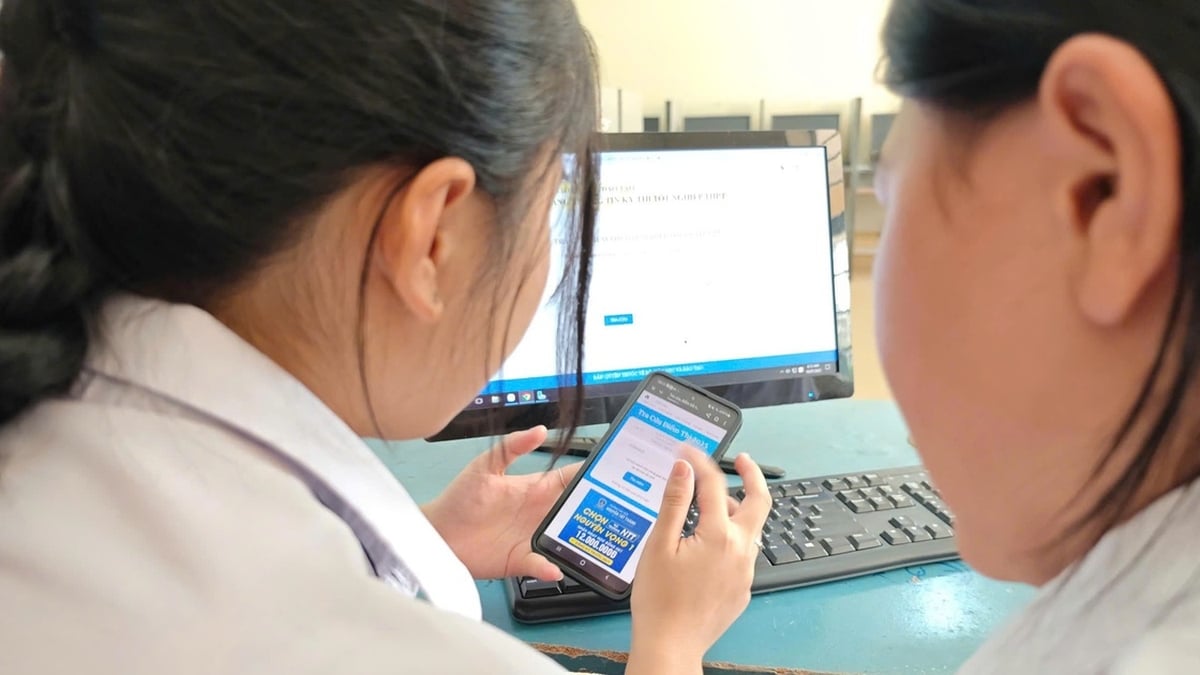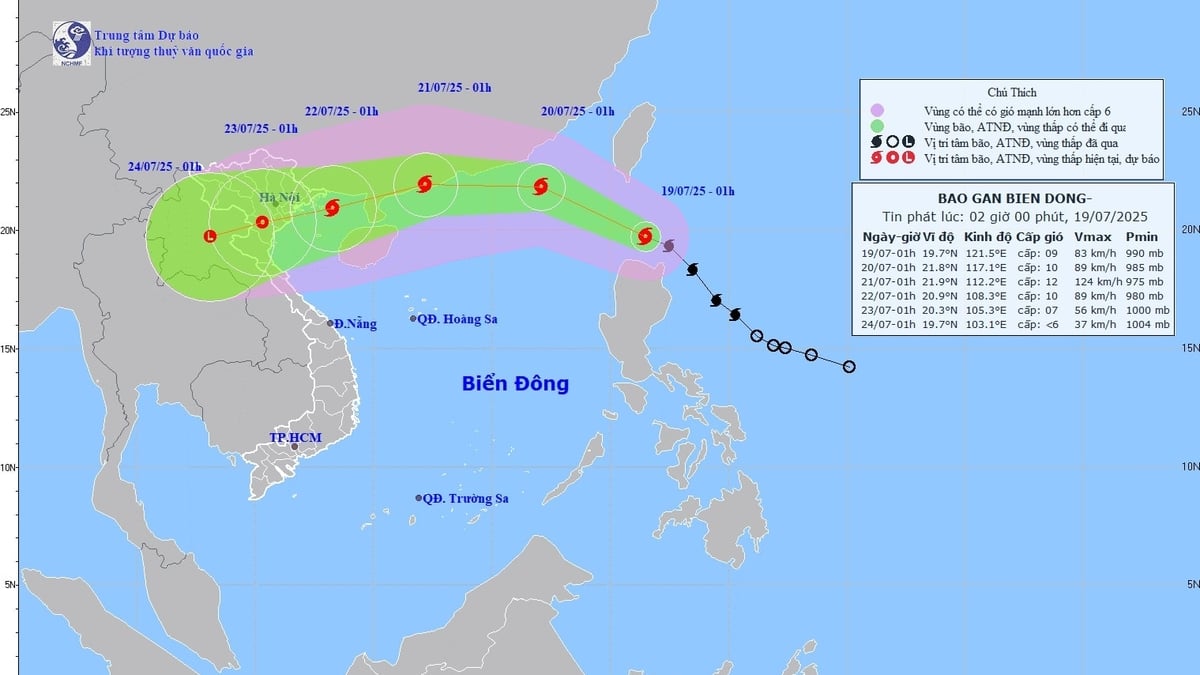Compared to the yuan's decline in 2015, China has had a more skillful and innovative way of stabilizing its currency this year, according to Reuters.
As the currency of the world's second-largest economy and largest exporter, the yuan's value determines global commodity prices and trillions of dollars in capital flows.
In 2015, when the yuan depreciated sharply, the People's Bank of China (PBOC) had to resort to official intervention, selling $1 trillion in reserves to support it.
But this year, as China’s economy falters and money leaves the country, the PBOC has taken a completely different approach to defending the currency. The main measure is to coordinate yuan purchases by state-owned banks.
Specifically, whenever momentum seemed to be pushing the yuan lower, these banks would quietly buy it. For example, in late May, they bought yuan two days after the currency hit its lowest level of the year.

The headquarters of the People's Bank of China (PBOC) in Beijing. Photo: Reuters
Similarly, state-owned banks’ purchases of yuan surged in December after Moody’s cut China’s rating outlook. There is no evidence in official data that the PBOC has sold official dollars as it did in 2015. However, market participants note that banks have sold dollars using currency swaps, which would not be visible in the data.
At the same time, smaller banks have received more informal “guidance” or “recommendations” from regulators this year asking both banks and their customers to reduce their dollar holdings, Reuters reported.
In June and July, the China Foreign Exchange Market Self-Regulatory Authority, overseen by the PBOC, asked major state-owned banks to cut interest rates on dollar deposits, market observers said, in a move aimed at encouraging businesses and households to switch from dollars to yuan.
In 2023, the yuan depreciated nearly 2.8% against the dollar. On September 8, the yuan hit a 16-year low. Days later, executives from eight major banks were summoned to Beijing to meet with PBOC officials. They were told that any company that wanted to buy more than $50 million would need PBOC approval.
Bankers were also told to cut back on spot trading, stagger dollar purchases and not hold a net long dollar position at the end of any trading day. Authorities also focused on monitoring foreign exchange purchases and sales by exporters, as they hold large amounts of the currency, which could cause volatility.
In recent months, managers have been calling banks and asking them to conduct almost weekly surveys on export intentions of their customers. Previously, phone calls were sporadic and surveys were sent out only monthly.
Thanks to a series of informal, flexible and continuous measures by the PBOC, the yuan has now stabilized above its lowest level in 16 years. In October, onshore yuan trading volume fell 73% from August to a record low of 1.85 trillion yuan. Analysts say that suggests Chinese bankers have heeded calls to reduce trading, especially buying dollars.
But the PBOC’s strategy to prevent the yuan from falling this year has also had its weaknesses, experts told Reuters , which have paralyzed much of China’s foreign exchange market and raised questions about the yuan’s chances of becoming a global reserve currency.
Eswar Prasad, a senior professor of international trade policy at Cornell University, said the situation was “significantly more complex” because of both global and domestic economic factors. He described the PBOC’s use of “non-standard measures” to intervene in the foreign exchange market as a “preliminary treatment” to prevent the yuan from depreciating too quickly.
An exporter in Shanghai who gave her name as Zhu has been closely watching the dollar this year because her company receives weekly payments in dollars. “My daily question is whether I should keep them or convert them to yuan,” Zhu said. For now, she has decided to hold on to dollars in the hope that the yuan will improve.
Phien An ( according to Reuters )
Source link






























































































![[Infographic] In 2025, 47 products will achieve national OCOP](https://vphoto.vietnam.vn/thumb/402x226/vietnam/resource/IMAGE/2025/7/16/5d672398b0744db3ab920e05db8e5b7d)





Comment (0)